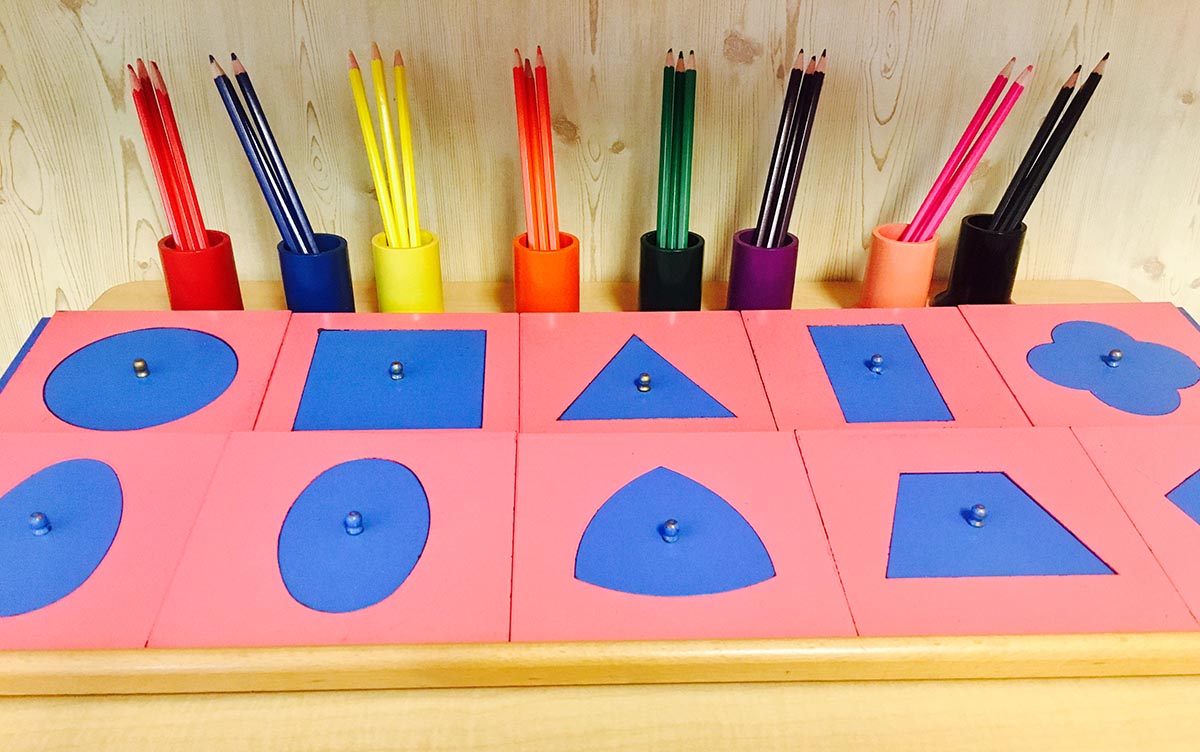The Montessori language curriculum is broad and robust. Beginning with oral language, children in Montessori classrooms are exposed to songs, poems, riddles, and games that not only help to build their vocabulary and awareness of sounds in speech, but also ignite within them a passion for words, stories, reading, and writing.
As with all of the Montessori materials, the Montessori language materials engage multiple senses so as to speak to a variety of learning styles at once. Consider the sandpaper letters, which is the material that we use to introduce letter sounds. When a child uses the sandpaper letters, they feel the letter, see the letter, and hear the letter all at the same time! This multi-sensory approach not only makes learning fun and engaging for the child, but it also allows for multiple inputs leading to a higher likelihood of absorbing new information.
In Montessori classrooms, children learn to write before they learn to read. This is because children are naturally drawn to writing- as is evidenced in their inclinations for drawing and painting. When learning to write, children are first introduced to the concept that all words are made up of sounds. They learn the shape and sound that each letter makes using the Sandpaper Letters (letters made out of sandpaper that the children can trace). We always present lower case letters, and focus on the sound the letter makes in place of the name of the letter. This is because the majority of print writing is in lowercase letters, and when we read, we use the sounds of letters, not their names. Once children master a few letter sounds, they then begin to compose their own thought up words using the moveable alphabet (cutouts of all the letters which the children can place together to make words).
After many experiences in creating their own words, a child will soon discover that she can not only spell the words she thinks of, but that she can also read the words she spells—and just like that, as if by magic she teaches herself the joy of reading!
Once children discover the world of knowledge that reading can uncover, they learn that learning is truly limitless. The Montessori child then begins to apply their new found skill in ways that are individually fulfilling to themselves- designing research studies, writing creative stories, and reading for their own pleasure.
Take a closer look with Ana Perry from the Seton Institute:
Back to Our ClassroomComments are closed.



Recent Comments